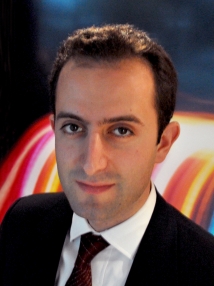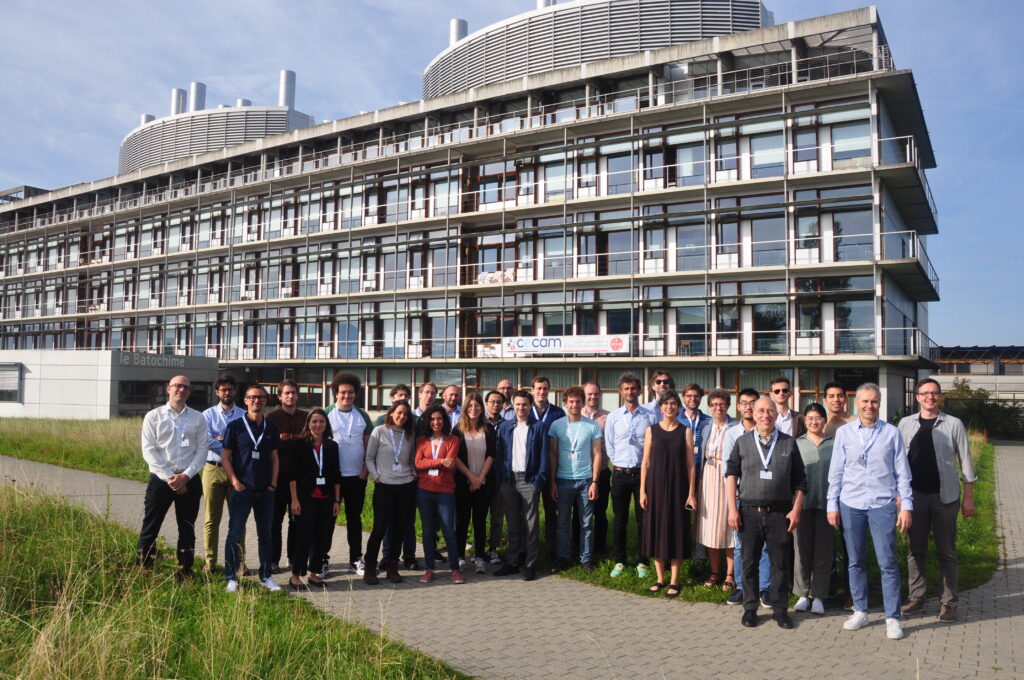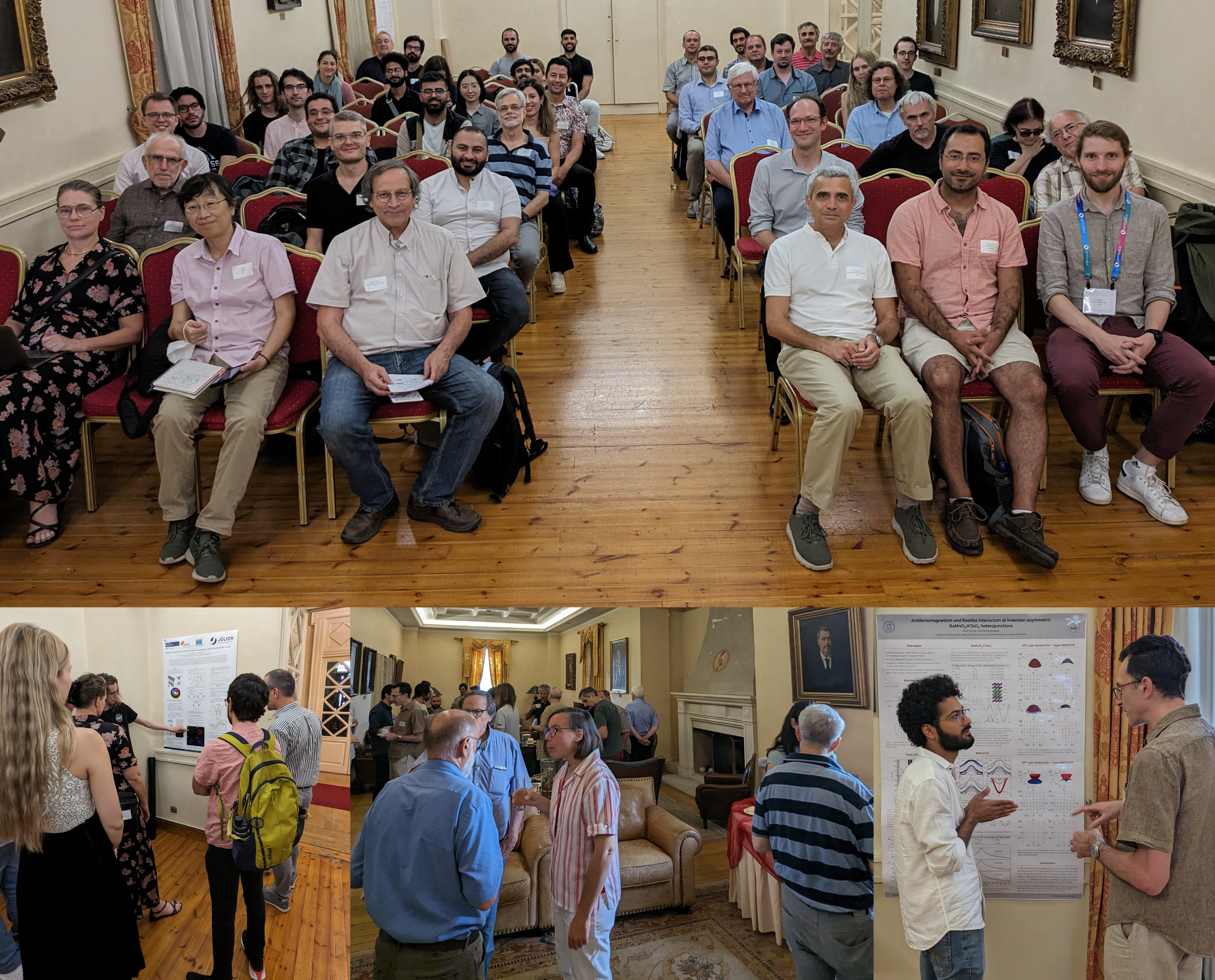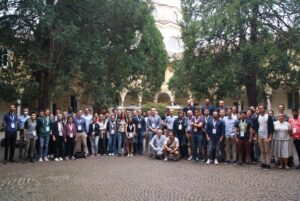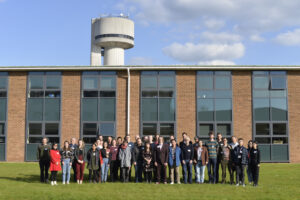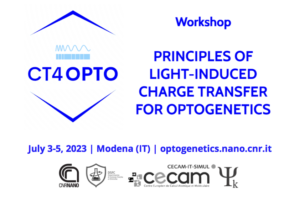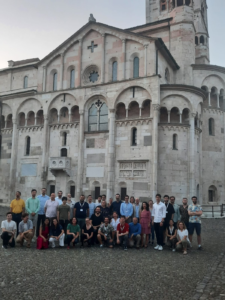dear colleagues and friends,
it is with pleasure that we announce the forthcoming
Theoretical Spectroscopy Lectures
that are going to take place in CECAM, Lausanne
March 11, 2024 – March 15, 2024.
The deadline for registering is 5 February 2024.
The event is going to take place at the CECAM HQ in Lausanne. Please take note that in order to participate to the hands-on sessions, you are required to come with a laptop (better if running under Linux).
Please find here the details of the school
https://www.cecam.org/workshop-details/1195
We thank Psi-k and the gdr REST for extra funding.
Looking forward to seeing you in Lausanne.
The organisers,
Francesco Sottile
Gian-Marco Rignanese
Valerio Olevano

